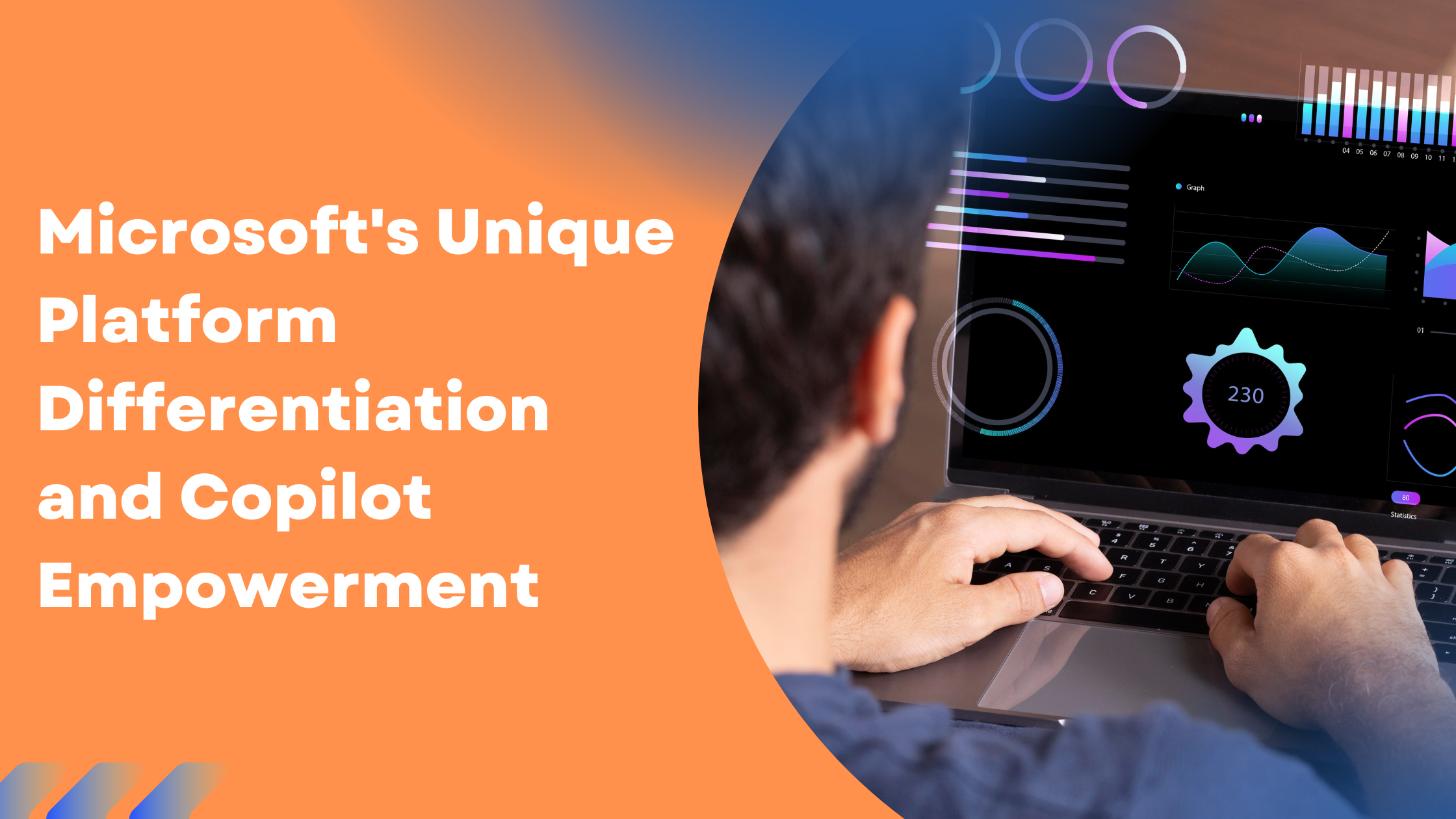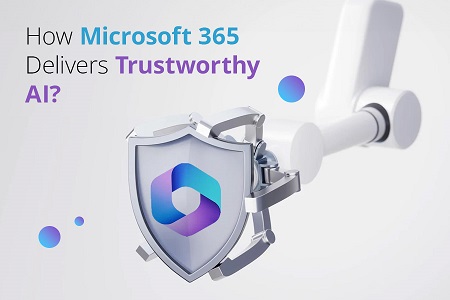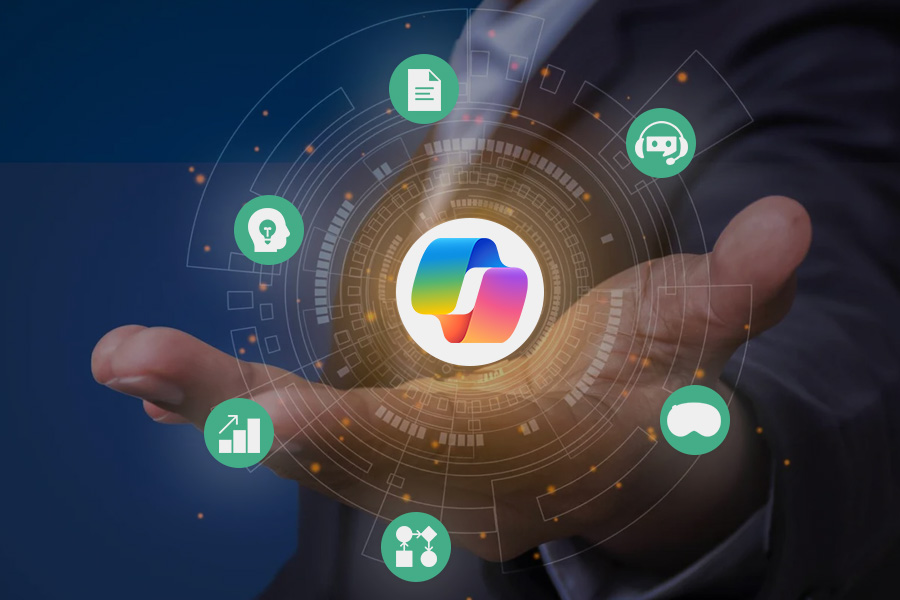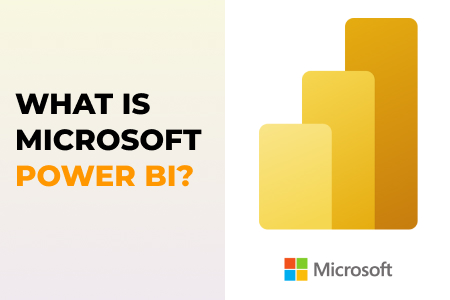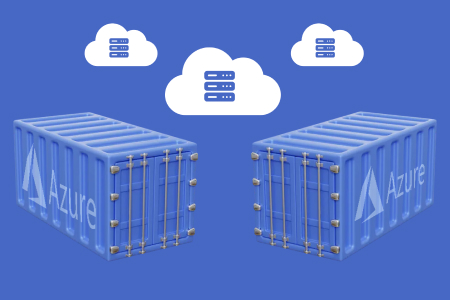Several years ago, the concept of microservices and polyglot emerged as a novel design paradigm for large-scale software applications. It’s not just one enormous application, but rather a series of smaller (or more precise micro, whatever that means) services communicating with one another. Each microservice focuses on a specific, well-defined feature of a business. This approach compels you to think more about your business domain and model it, and includes other benefits such as independent deployments. Every aspect of IT is ever-changing. The development of new technology, programming languages, and tools occurs almost daily.
Polyglot programming is the practice of using a variety of programming languages to solve a given problem.
Let’s understand What are polyglot microservices?
Polyglot programming is the foundation of polyglot microservices built on this principle. Multiple data storage methods can meet diverse needs in one application, known as polyglot persistence.
As an illustration, consider the following:
- Applications that require fast read and write access times commonly use key-value databases.
- Relational databases (RDBMS) are the preferred choice when data structures and transactions need to be fixed.
- Document-based databases are ideal for handling large amounts of data.
- Graph databases are used to navigate across links quickly when necessary.
So why use polyglot microservices?
Delegating the decision of which technology stack and programming languages to utilize to the service developers is at the heart of a polyglot design. Google, eBay, Twitter, and Amazon are prominent technological organizations that offer a polyglot microservices architecture. There are many products and many people at these organizations, and they all operate on the same massive scale as Capital One. Before undertaking a polyglot architectural thought experiment, there must be a compelling business reason to pursue a multi-language microservice ecosystem in a company.
A Polyglot Environment has several advantages.
Innovate with Creativity
The latest technologies such as .NET Core, Spring Boot, and Azure/AWS Cloud dominate microservices architecture and libraries. These ecosystems have evolved to incorporate microservices design, and they offer a set of suggestions on production-ready requirements and a base microservice scaffolding to developers who can choose their favorite language. Developers are dedicated to their profession. As a result, reducing linguistic limits boosts developers’ creativity and problem-solving ability. It fosters an engineer’s creativity and pride in their profession.
When it’s time to sell
Removing engineering impediments tends to result in faster delivery of business solutions. It’s easier for teams to focus on value-added work when they access technologies they already know. Engineers can now focus on the business goal rather than containerizing their application, adding circuit breaker patterns, or reporting events. If the microservices are standardized across languages, they can be easily extended across platforms and infrastructures. This simplifies application deployment and operation across platforms and infrastructures. Engineers can learn more about the system they are creating in the larger context in which they function.
A Stream Of Talent
Recruiting from a larger pool of potential employees is feasible through languages. Java programmers have doubled the number of qualified candidates. Even if the language is “obscure.” employment is scarce. Programmers anxiously await new programming challenges.
A Bright Future awaits
To keep on top of new technologies and trends, teams need a solid foundation to build upon as more and more client logic moves to the server. Teams can create in their chosen language while preserving operational equivalence with current systems. There should be no language barrier, but each language should have the same monitoring, tracing, and resilience level as the technological stack now in use. We believe polyglot microservices will be especially useful for the mobile teams we serve and, in the end, for our end users.
Learn More: Application Modernization Services of Metaorange Digital







